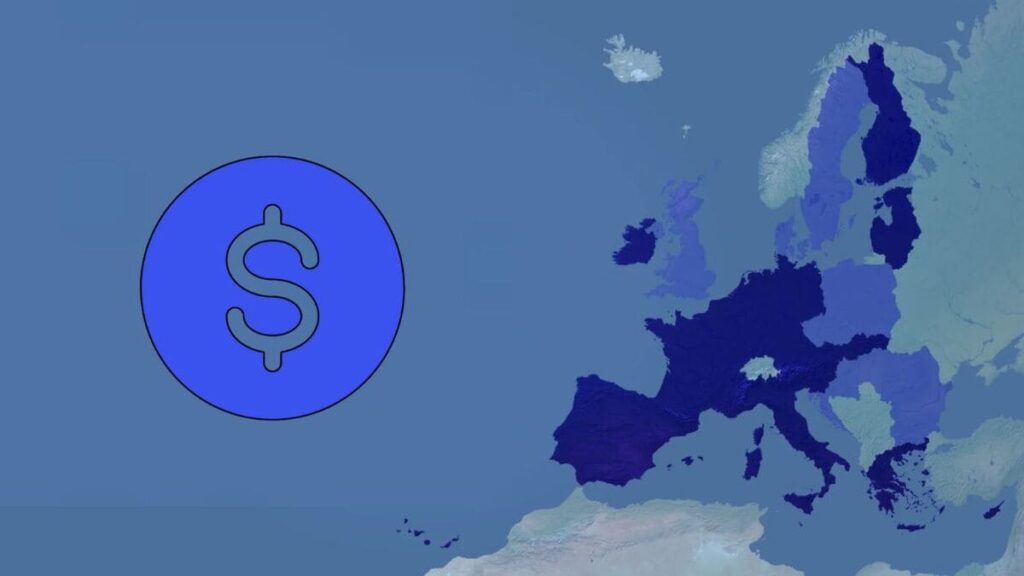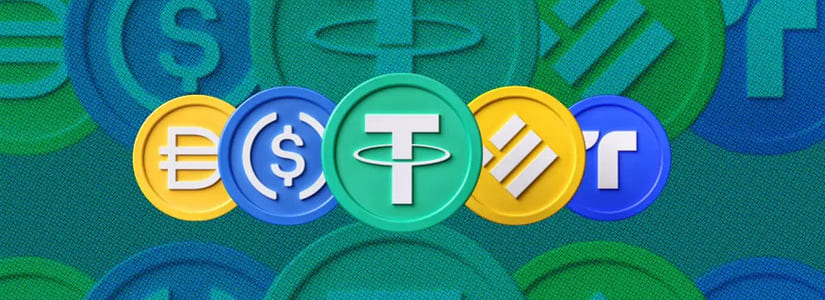TL;DR
- Société Générale will launch the first dollar stablecoin issued by a bank on a public blockchain, starting with Ethereum.
- The asset will target institutional investors in the EU, backed by SG Forge’s e-money license under European law.
- The dollar stablecoin market exceeds $250 billion, while euro-pegged tokens struggle with regulatory hurdles and limited adoption.
French banking giant Société Générale is preparing to roll out the first dollar stablecoin ever issued by a bank on a public blockchain.
Through its crypto subsidiary, SG Forge, the French institution plans to enter this market, which currently holds a capitalization of nearly $250 billion. The asset will initially run on Ethereum and, according to sources familiar with the matter, will later expand to other public networks like Solana.
The product will be aimed at institutional investors, particularly within the European Union, where demand for tokenized dollar liquidity has steadily increased. SG Forge holds an e-money license, which allows it to offer these kinds of assets under EU regulations — a legal advantage that has kept other issuers out of this segment.
Until now, no international banking institution had issued a dollar stablecoin on a public blockchain. JPMorgan developed its own token, JPM Coin, but it operates on a private network and is limited to corporate clients of the bank. SG Forge’s strategy marks a substantial shift by bringing this type of asset into a public, accessible environment for external institutional players.
The Absolute Dominance of Dollar-Pegged Stablecoins
In 2023, SG Forge launched EURCV, a euro-denominated stablecoin also issued on Ethereum. However, growth in that market has been modest, with only €300 million in circulation and heavy regulatory restrictions imposed by MiCA. Of that total, just €40 million belongs to EURCV. The European framework, which demands high reserve levels and complex operational requirements, has slowed adoption and prompted companies like Tether to withdraw their products from the region, as happened with USDT.
In contrast, the dollar stablecoin market continues to expand rapidly. Companies like Circle and Tether dominate trading volumes, while Mastercard, Visa, and Stripe are already developing products that integrate stablecoins into traditional payment systems












